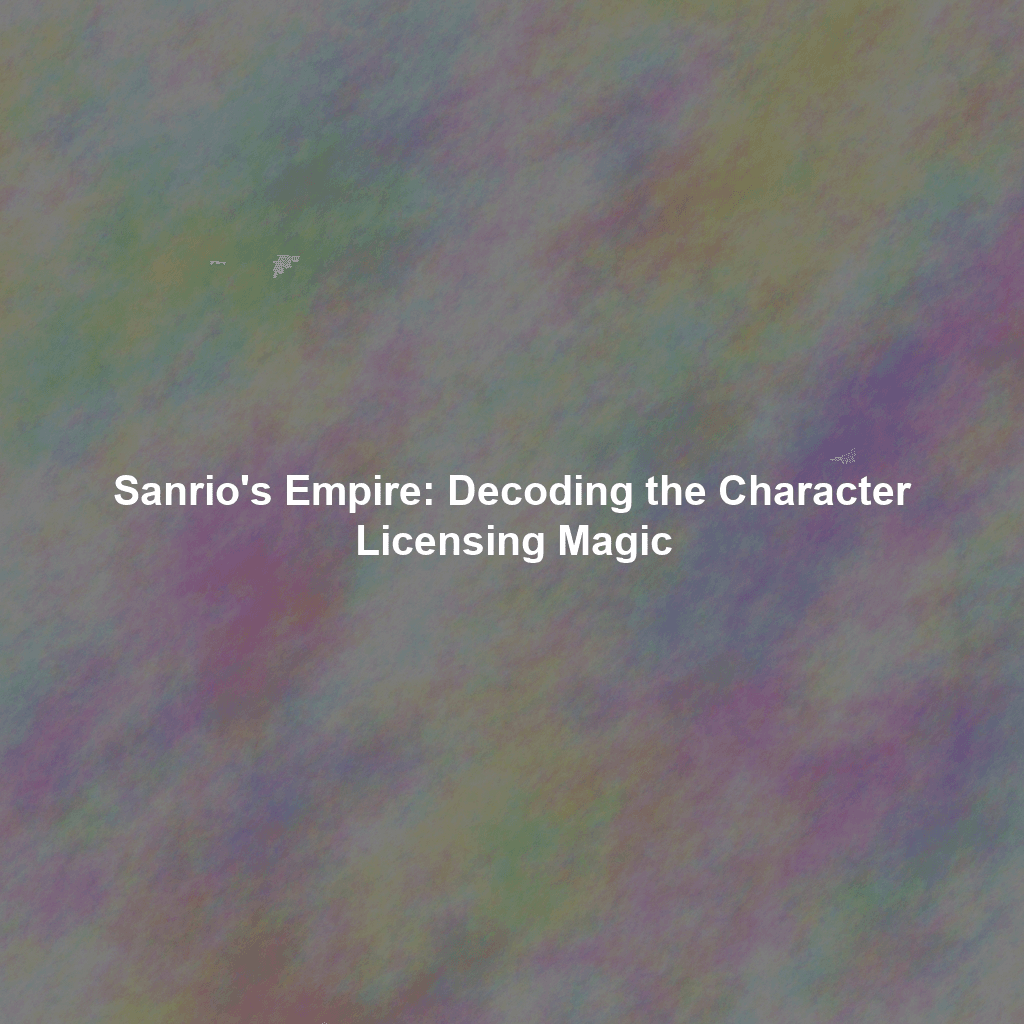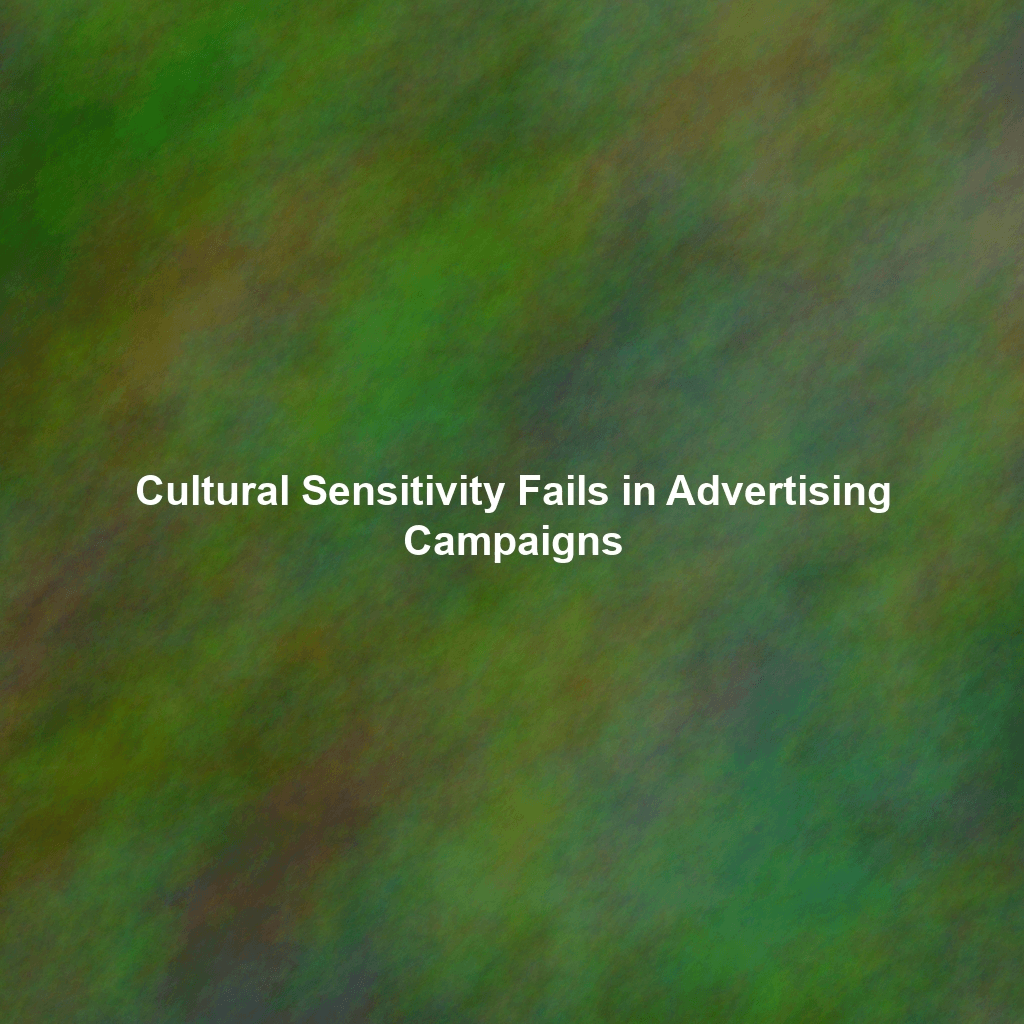The Origins of Kawaii: From Silk to Sanrio
Before Hello Kitty became a global icon, Sanrio began as Yamanashi Silk Company in 1960, founded by Shintaro Tsuji. The initial focus was on silk and other goods. However, Tsuji noticed a key trend: products adorned with cute designs sold much better. This observation sparked a pivotal shift in the company’s direction. By 1973, the company officially changed its name to Sanrio, embracing a business model centered on character licensing and the burgeoning culture of “kawaii” (cuteness) in Japan.
This wasn’t just about slapping a cute face on a product; it was about tapping into an emotional connection with consumers. Sanrio understood that characters could evoke feelings of joy, nostalgia, and comfort, driving purchasing decisions. While their initial characters were simple and perhaps less globally appealing, they laid the groundwork for the creation of Hello Kitty, a character that would transcend cultural boundaries and become synonymous with Sanrio itself.
Character Licensing: The Heart of Sanrio’s Revenue Streams
Character licensing is the core of Sanrio’s business model. It involves granting permission to other companies to use Sanrio’s characters on their products and services. In exchange, Sanrio receives royalties, typically a percentage of the sales generated by the licensed products. This approach allows Sanrio to expand its reach exponentially without directly manufacturing and distributing every product bearing its characters.
How Character Licensing Works
- Agreement: Sanrio enters into a licensing agreement with a company (the licensee). This agreement specifies the characters that can be used, the types of products they can be used on, the territory covered, the duration of the agreement, and the royalty rate.
- Quality Control: Sanrio maintains strict quality control over licensed products to ensure they align with the brand’s image and standards. This often involves approving product designs and packaging.
- Marketing and Promotion: While the licensee is responsible for marketing and promoting the licensed products, Sanrio often provides support and guidance to ensure consistency with its overall branding.
- Royalties: The licensee pays Sanrio a percentage of the sales revenue generated by the licensed products. Royalty rates typically range from 5% to 15%, but can vary depending on the character, product category, and the licensee’s market reach.
This strategy allows Sanrio to benefit from the licensee’s existing manufacturing, distribution, and marketing infrastructure. It’s a scalable and relatively low-risk way to generate revenue and build brand awareness globally. For instance, a partnership with a major apparel retailer might see Hello Kitty designs on clothing sold in hundreds of stores, instantly reaching a vast audience.
Beyond Merchandise: Expanding Licensing into Diverse Sectors
Sanrio’s licensing strategy goes far beyond just toys and clothing. They have successfully ventured into a wide range of industries, including:
- Food and Beverage: Hello Kitty-themed cafes, snacks, and drinks are prevalent globally, appealing to both children and adults.
- Travel and Hospitality: Sanrio characters adorn airplanes (e.g., EVA Air’s Hello Kitty jets), hotel rooms, and theme parks, creating immersive experiences.
- Financial Services: Credit cards, banking services, and insurance policies featuring Sanrio characters have been launched, targeting consumers who appreciate the brand’s aesthetic.
- Technology: Sanrio has partnered with tech companies to create Hello Kitty-themed smartphones, tablets, and accessories.
This diversification of licensing partnerships demonstrates Sanrio’s ability to adapt its characters to different markets and consumer segments, maximizing revenue streams and brand visibility.
Successful and Unsuccessful Licensing Partnerships: Lessons Learned
Sanrio’s success in character licensing isn’t without its bumps in the road. Examining both successful and unsuccessful partnerships provides valuable insights into the complexities of this business strategy.
Success Stories
- EVA Air: The partnership with EVA Air, a Taiwanese airline, to create Hello Kitty-themed airplanes is a prime example of a successful licensing venture. The themed planes feature Hello Kitty livery, interior decorations, in-flight meals, and even crew uniforms. This partnership has significantly enhanced EVA Air’s brand image and attracted a loyal customer base, particularly among families and Hello Kitty fans.
- McDonald’s: Hello Kitty Happy Meal toys have been a consistent hit for McDonald’s, driving traffic to its restaurants and boosting sales. These promotions create a sense of collectibility and appeal to children and adults alike.
- Vans: The collaboration between Sanrio and Vans has resulted in highly sought-after collections of shoes, apparel, and accessories featuring Hello Kitty and other Sanrio characters. This partnership effectively bridges the gap between the kawaii culture and the streetwear fashion scene.
Challenges and Setbacks
While Sanrio has had numerous successes, not all partnerships have yielded the desired results. Sometimes, a mismatch in brand values, poor product quality, or ineffective marketing can lead to disappointing outcomes. While Sanrio doesn’t typically publicize unsuccessful partnerships, industry analysis suggests the following as potential pitfalls:
- Brand Mismatch: Partnering with brands that don’t align with Sanrio’s image of cuteness and wholesomeness can alienate its core audience. For example, collaborations with brands perceived as edgy or controversial might not resonate well.
- Poor Product Execution: Even with a strong brand partnership, if the licensed products are poorly designed or manufactured, they can damage Sanrio’s reputation. Maintaining strict quality control is crucial.
- Market Saturation: Over-licensing can lead to market saturation, diluting the brand’s exclusivity and appeal. Sanrio needs to carefully manage the number and types of licensed products available to avoid this issue.
These experiences highlight the importance of careful partner selection, rigorous quality control, and strategic market positioning in character licensing.
Furthermore, maintaining brand consistency across all licensed products and services is paramount. Sanrio’s success hinges on its ability to deliver a consistent and recognizable experience to consumers, regardless of the product category or geographic location. Consider how a lack of visual or thematic consistency could confuse consumers and weaken brand loyalty.
The Legal Aspects of Character Ownership: Protecting the Sanrio Universe
Character licensing relies heavily on intellectual property (IP) law. Sanrio invests significantly in protecting its characters through trademarks, copyrights, and design patents. This legal framework gives Sanrio the exclusive right to use its characters in commerce and prevents others from infringing on its IP rights.
Trademarks, Copyrights, and Design Patents
- Trademarks: Sanrio trademarks its character names, logos, and slogans. This prevents other companies from using similar names or logos that could confuse consumers.
- Copyrights: Copyright law protects the artistic expression of Sanrio’s characters, including their drawings, designs, and stories. This prevents others from copying or distributing unauthorized reproductions of its characters.
- Design Patents: Design patents protect the ornamental design of Sanrio’s products, such as the shape of a Hello Kitty figurine. This prevents others from manufacturing and selling products with similar designs.
Enforcement and Litigation
Sanrio actively monitors the marketplace for counterfeit goods and other infringements of its IP rights. When infringements are detected, Sanrio takes legal action to protect its characters and brand. This can involve sending cease-and-desist letters, filing lawsuits, and working with law enforcement agencies to seize counterfeit products.
The company has a dedicated legal team that handles IP enforcement globally. They work closely with customs officials to prevent the import of counterfeit goods and collaborate with online marketplaces to remove listings for infringing products. The constant vigilance and aggressive enforcement are critical to maintaining the value of Sanrio’s IP and protecting its revenue streams.
The Importance of Global IP Protection
Given Sanrio’s global reach, protecting its IP rights in multiple countries is essential. Sanrio registers its trademarks and copyrights in key markets around the world and actively monitors for infringements in those regions. This global approach is necessary to combat counterfeiting and protect the brand’s reputation internationally. For instance, successful registration and enforcement in China, a major manufacturing hub, are crucial to preventing the production and export of counterfeit Hello Kitty products.
Furthermore, Sanrio understands that proactively educating consumers about the importance of purchasing genuine products helps to combat counterfeiting. This can be achieved through public awareness campaigns and partnerships with retailers to promote authorized merchandise.
Risks and Rewards of Character Licensing: A Balanced Perspective
While character licensing offers significant rewards, it also entails certain risks. A balanced understanding of these risks and rewards is crucial for Sanrio and other companies considering this business strategy.
Potential Rewards
- Increased Revenue: Licensing generates substantial royalty income, boosting overall revenue and profitability.
- Brand Awareness: Licensing expands brand reach and visibility, creating new opportunities to connect with consumers.
- Market Expansion: Licensing allows companies to enter new markets and product categories without significant capital investment.
- Reduced Risk: Licensing mitigates the risks associated with manufacturing, distribution, and marketing.
Potential Risks
- Brand Dilution: Over-licensing or partnering with inappropriate brands can dilute brand equity and damage brand image.
- Quality Control Issues: Poorly made licensed products can negatively impact brand perception.
- Infringement Risks: Counterfeit goods and unauthorized use of characters can erode revenue and damage brand reputation.
- Dependency: Over-reliance on licensing revenue can make a company vulnerable to changes in consumer preferences or economic conditions.
To mitigate these risks, Sanrio maintains strict quality control standards, carefully selects its licensing partners, and actively enforces its IP rights. They also continuously innovate and develop new characters to stay ahead of the competition and maintain consumer interest. Consider how strategic diversification across different character families (e.g., Gudetama, Aggretsuko) can buffer against potential declines in Hello Kitty’s popularity.
Moreover, Sanrio understands that building strong relationships with its licensees is crucial for long-term success. This involves open communication, collaborative product development, and mutual respect for each other’s expertise. For example, providing licensees with detailed style guides and marketing materials ensures consistency in branding and messaging.
Evolving with the Times: Sanrio’s Adaptability and Future Outlook
Sanrio has demonstrated remarkable adaptability throughout its history, continuously evolving to meet changing consumer preferences and technological advancements. From its early days as a silk merchant to its current status as a global entertainment powerhouse, Sanrio has consistently embraced innovation and new opportunities.
Embracing Digital Platforms
Sanrio has successfully leveraged digital platforms to connect with fans and expand its reach. This includes:
- Social Media: Sanrio maintains active social media accounts on platforms like Instagram, Facebook, and Twitter, engaging with fans and promoting its characters and products.
- Mobile Games: Sanrio has licensed its characters for mobile games, allowing fans to interact with them in a fun and engaging way.
- E-commerce: Sanrio operates its own online store, selling a wide range of merchandise directly to consumers.
Exploring New Technologies
Sanrio is also exploring new technologies, such as virtual reality (VR) and augmented reality (AR), to create immersive experiences for its fans. This could involve developing VR games featuring Sanrio characters or using AR to enhance the shopping experience. Imagine an AR app that allows users to virtually “try on” Hello Kitty accessories or see how Hello Kitty furniture would look in their homes.
Focus on Sustainability and Social Responsibility
Increasingly, consumers are demanding that companies operate in a sustainable and socially responsible manner. Sanrio is responding to this trend by incorporating sustainable practices into its operations and supporting social causes. This includes using eco-friendly materials in its products, reducing its carbon footprint, and supporting charities that benefit children and communities.
This commitment to sustainability not only aligns with consumer values but also strengthens Sanrio’s brand image and enhances its long-term viability. Consider the potential impact of partnering with environmental organizations or launching a line of eco-friendly Hello Kitty products made from recycled materials.
The Future of Sanrio
Looking ahead, Sanrio is poised to continue its success in character licensing by embracing new technologies, expanding into new markets, and remaining true to its core values of cuteness, kindness, and friendship. The company’s ability to adapt and innovate will be crucial for maintaining its competitive edge and ensuring its long-term growth. The increasing global interest in Japanese culture and “kawaii” aesthetic suggests a bright future for Sanrio and its iconic characters. Perhaps we’ll see Hello Kitty and her friends venturing into the metaverse or collaborating with AI-powered platforms.
If you’re inspired by Sanrio’s journey and are exploring brand licensing for your own products, seeking expert guidance on legal frameworks and strategic partnerships can be invaluable. Many specialized consulting firms offer support in navigating the complexities of IP protection and licensing agreements, enabling you to unlock new revenue streams and build a thriving brand.
This article was optimized and published by Content Hurricane.
 Skip to content
Skip to content

